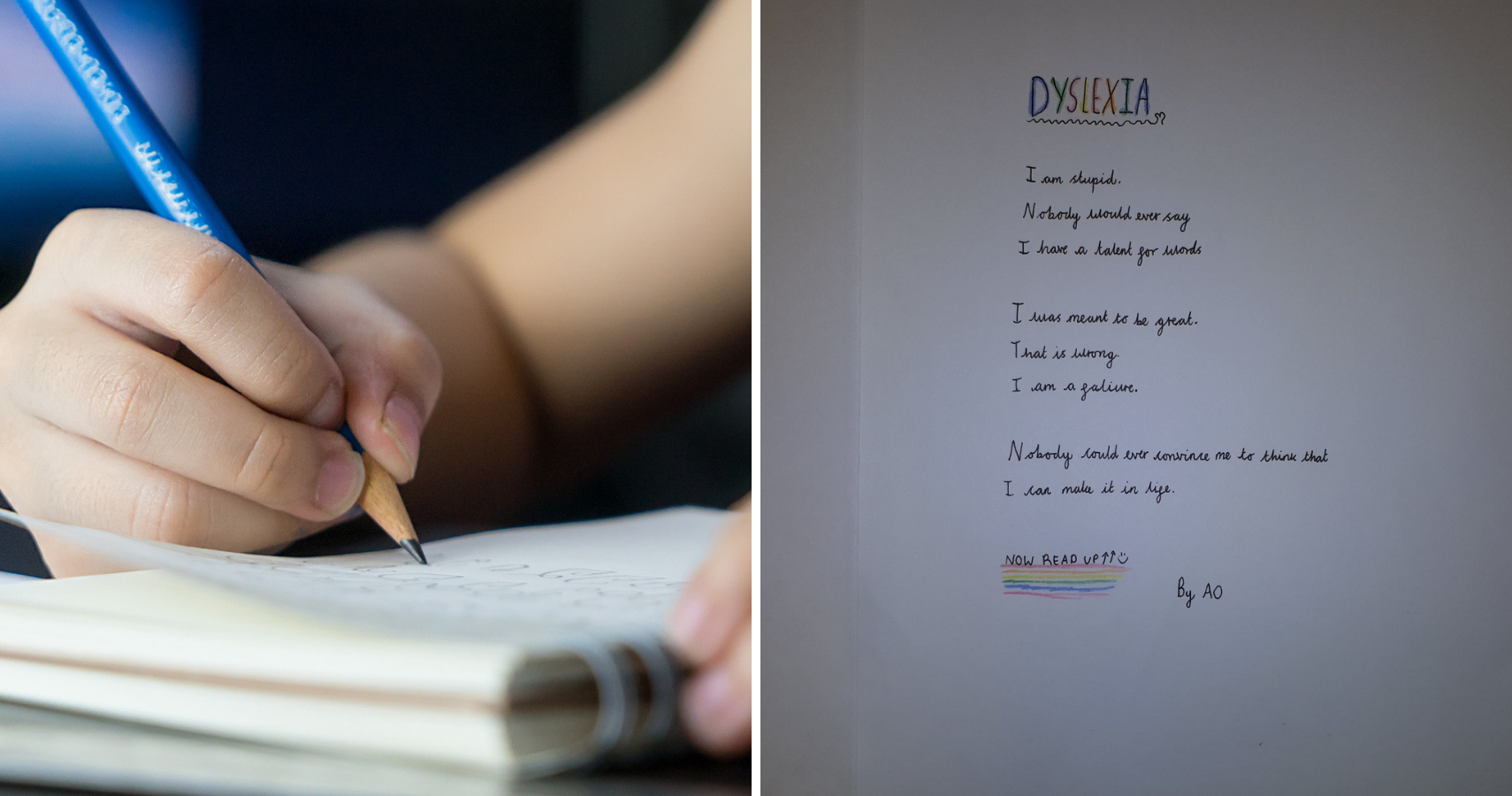A 10-year-old’s poem about dyslexia has gone viral. Many social media followers have even suggested that the young poet should have her work published after the poem left Twitter users in tears.
According to Yahoo Lifestyle, UK-based teacher Jane Broadis recently explained that she taught her students how poems can be interpreted, both forwards and backwards. She also said that by reading a poem in a different direction, it can produce a different meaning. She then asked her students to write their own poem and was moved by one particular student with dyslexia.
Boradis was so impressed by the young girl’s talent that she shared a photo of her poem on Twitter. She captioned it with, “Today in Y6 we looked at poems that could be read forwards & backwards. I was stunned by this one written by one of my 10 year olds. Please share - I would love her work to be appreciated further afield. I wonder if it could even find a publisher?”
It didn’t take very long for her Twitter followers to respond, as the poem quickly went viral with over 161,000 likes and 50,000 comments and counting. Many of the commenters said that they are now new fans of the young girl while others also shared their experiences of living with the dyslexia. Others were amazed by the girl’s talent and her words.
Here’s the poem, which can be interpreted while read backwards from each sentence up.
Dyslexia
I am stupid.
Nobody would ever say
I have a talent for words
I was meant to be great.
That is wrong
I am a failure.
Nobody could ever convince me to think that
I can make it in life.
Dyslexia is often defined as a medical condition, in which a person has a difficult time reading, interpret words, letters or symbols. However, it does not affect a person’s intelligence.
Some of the early signs of dyslexia include difficulty decoding single words, having a hard time learning the connection between letters and sounds of confusing small words such as at, to, does and goes. According to health professionals, dyslexia cannot be prevented or cured, although it can be managed with early intervention and monitoring progress by educators and teachers.

